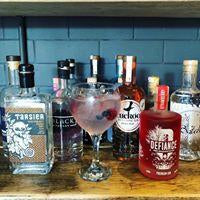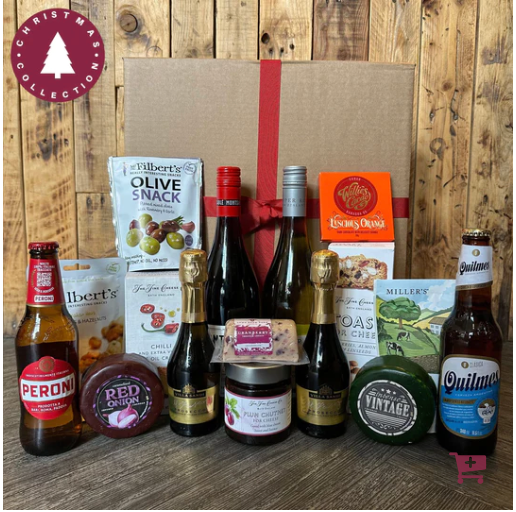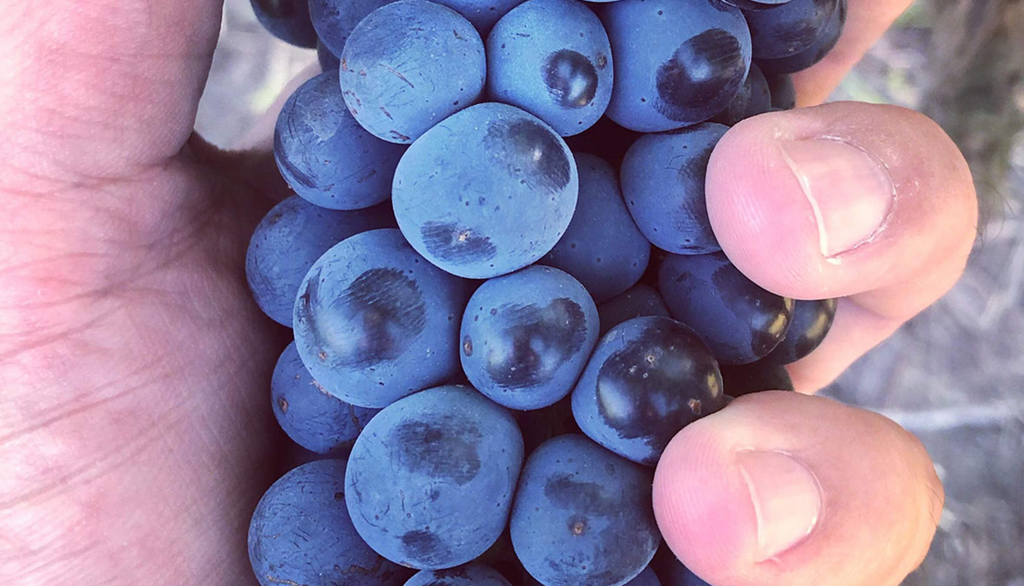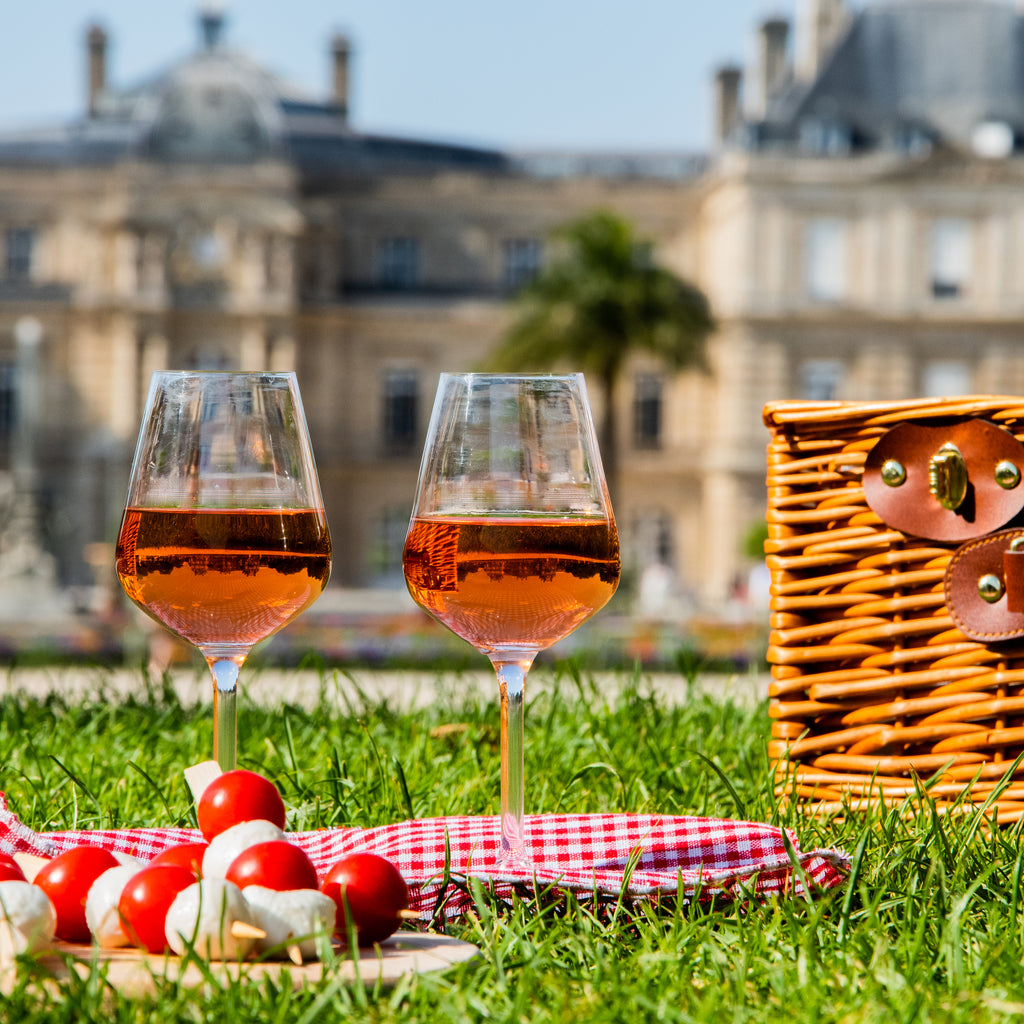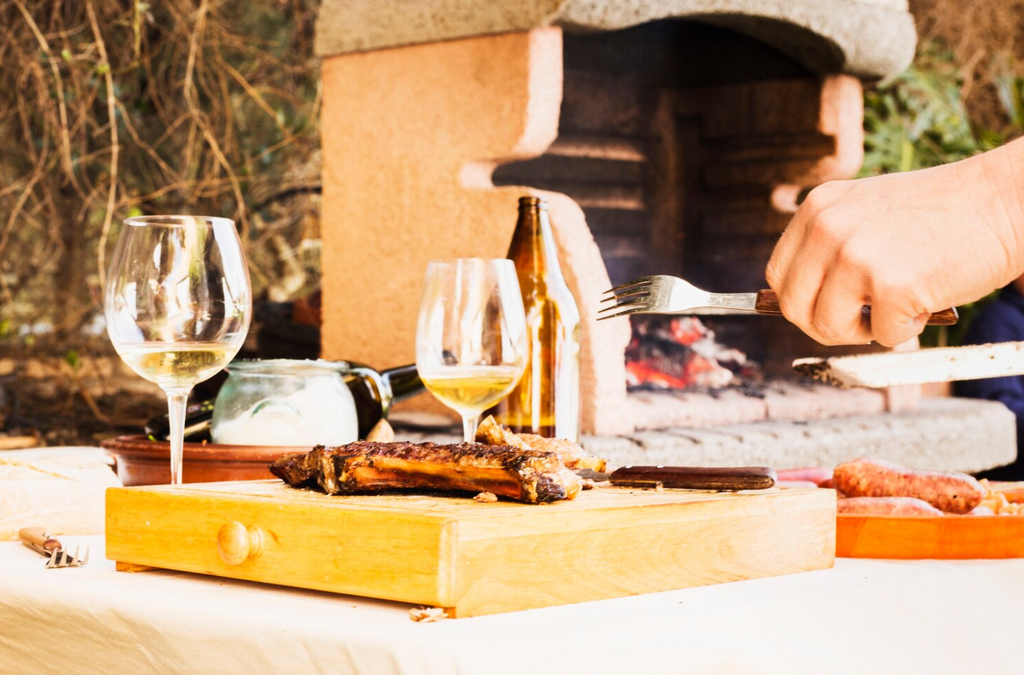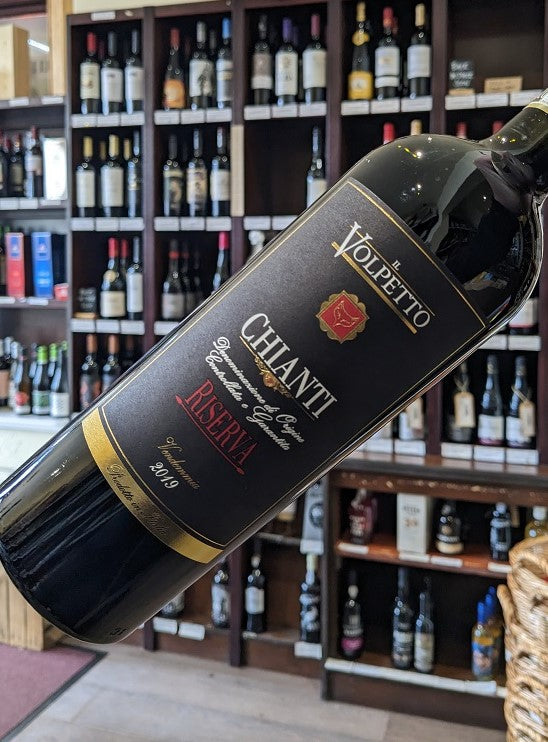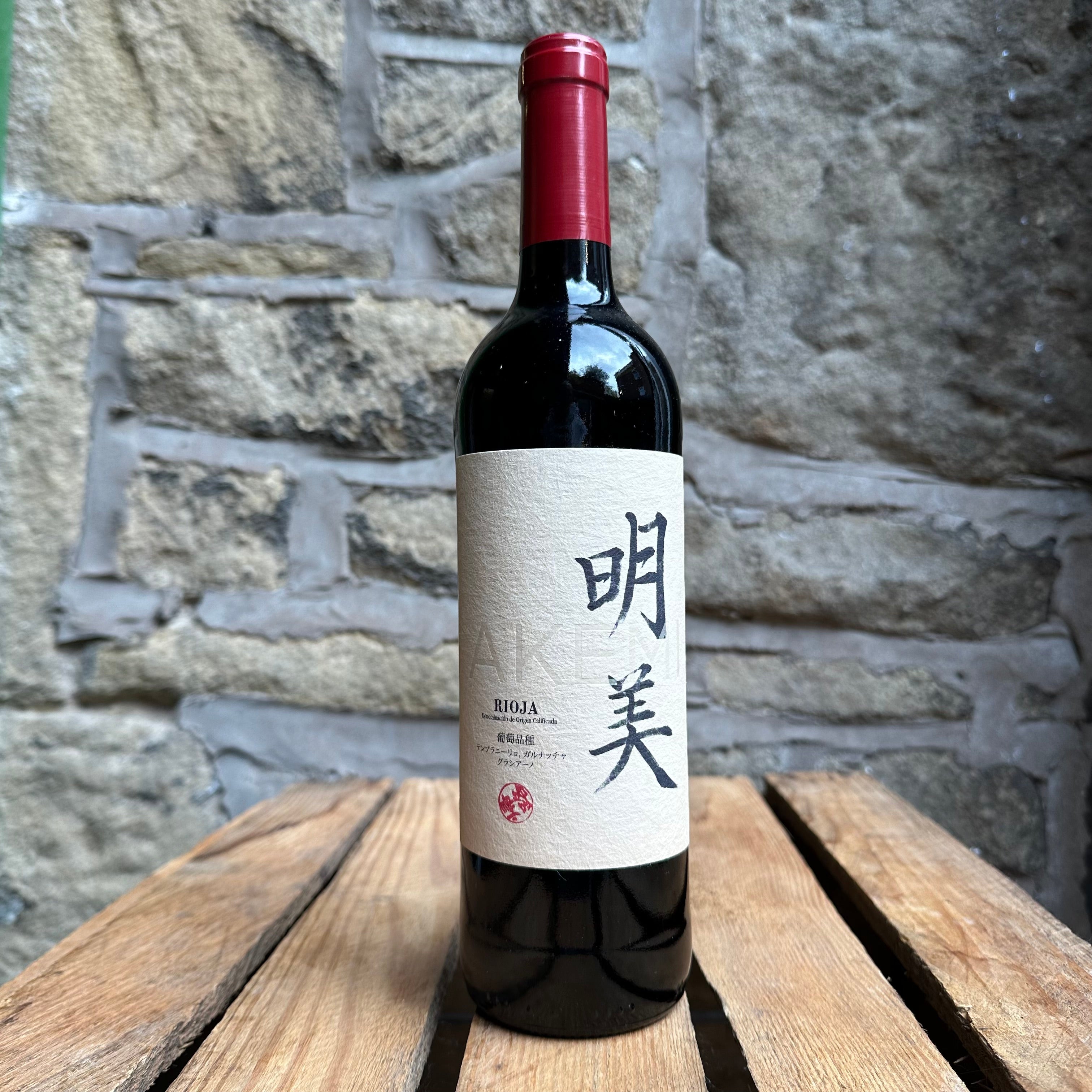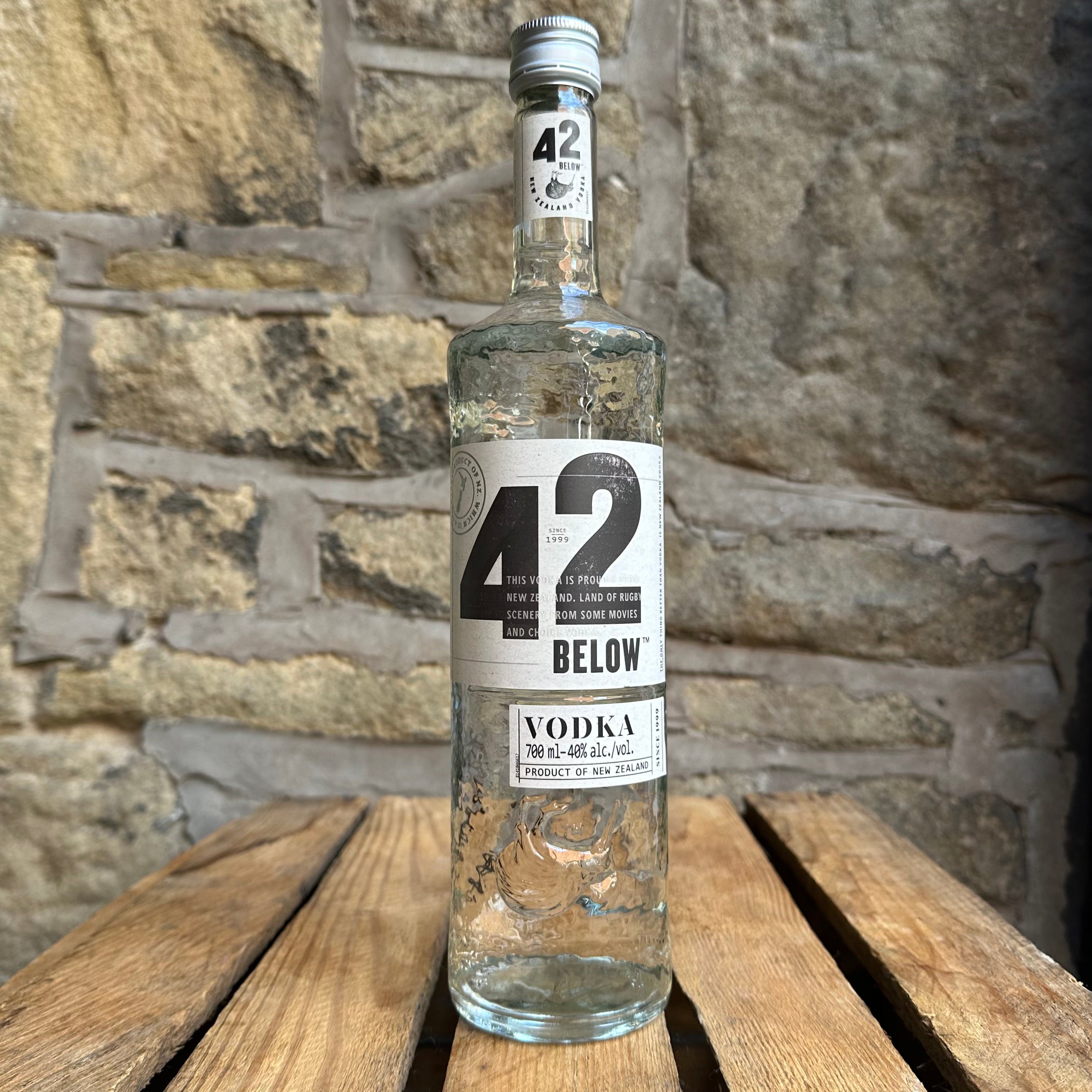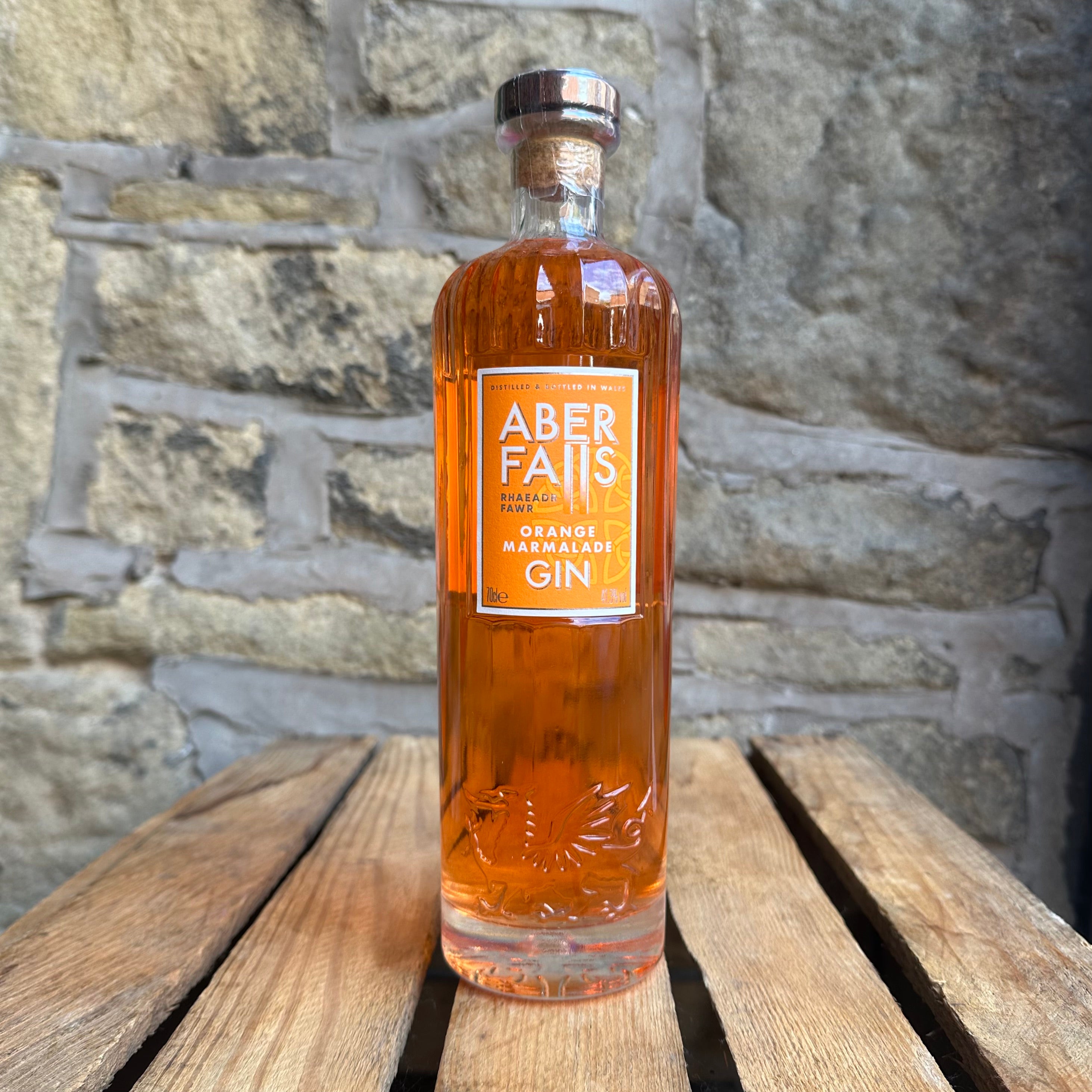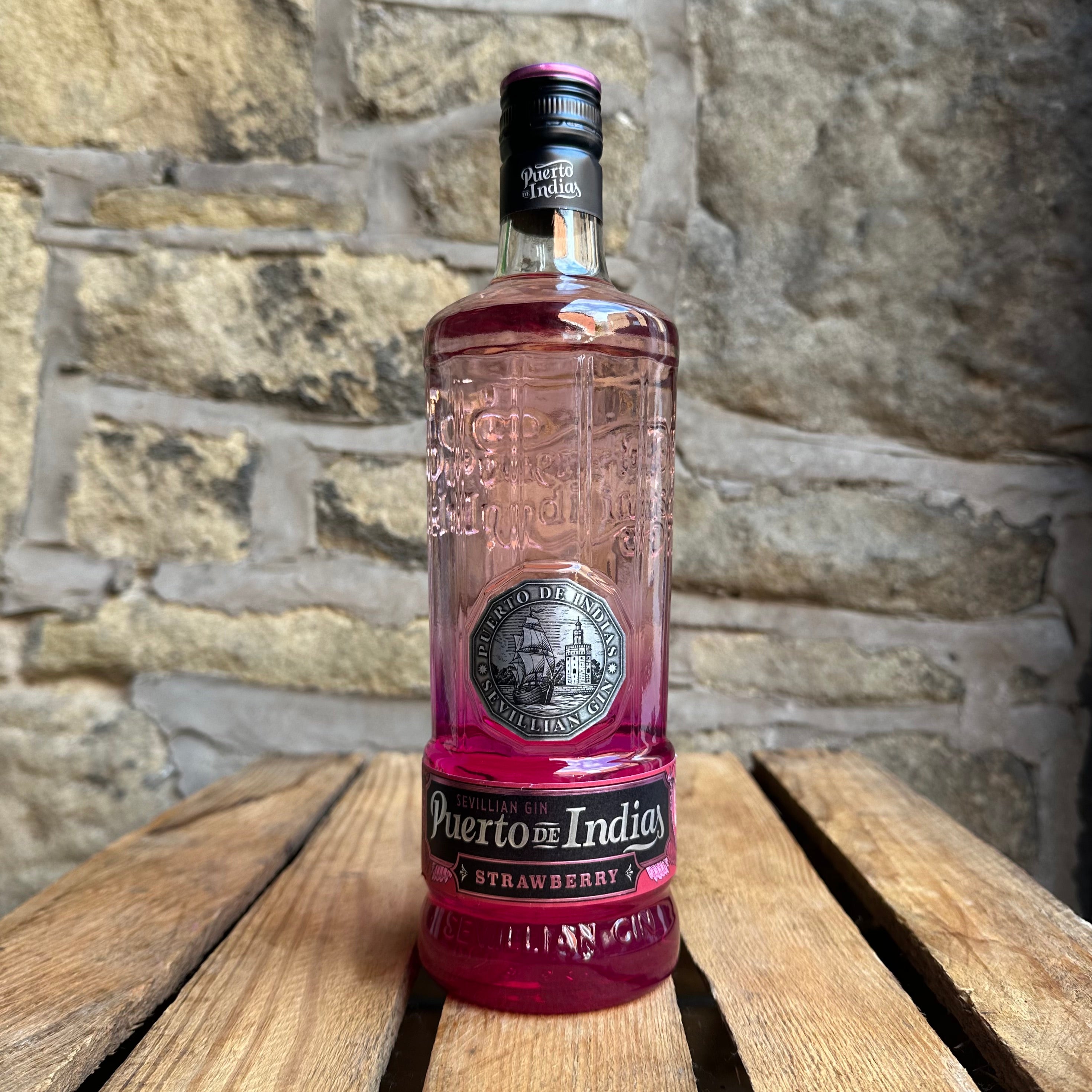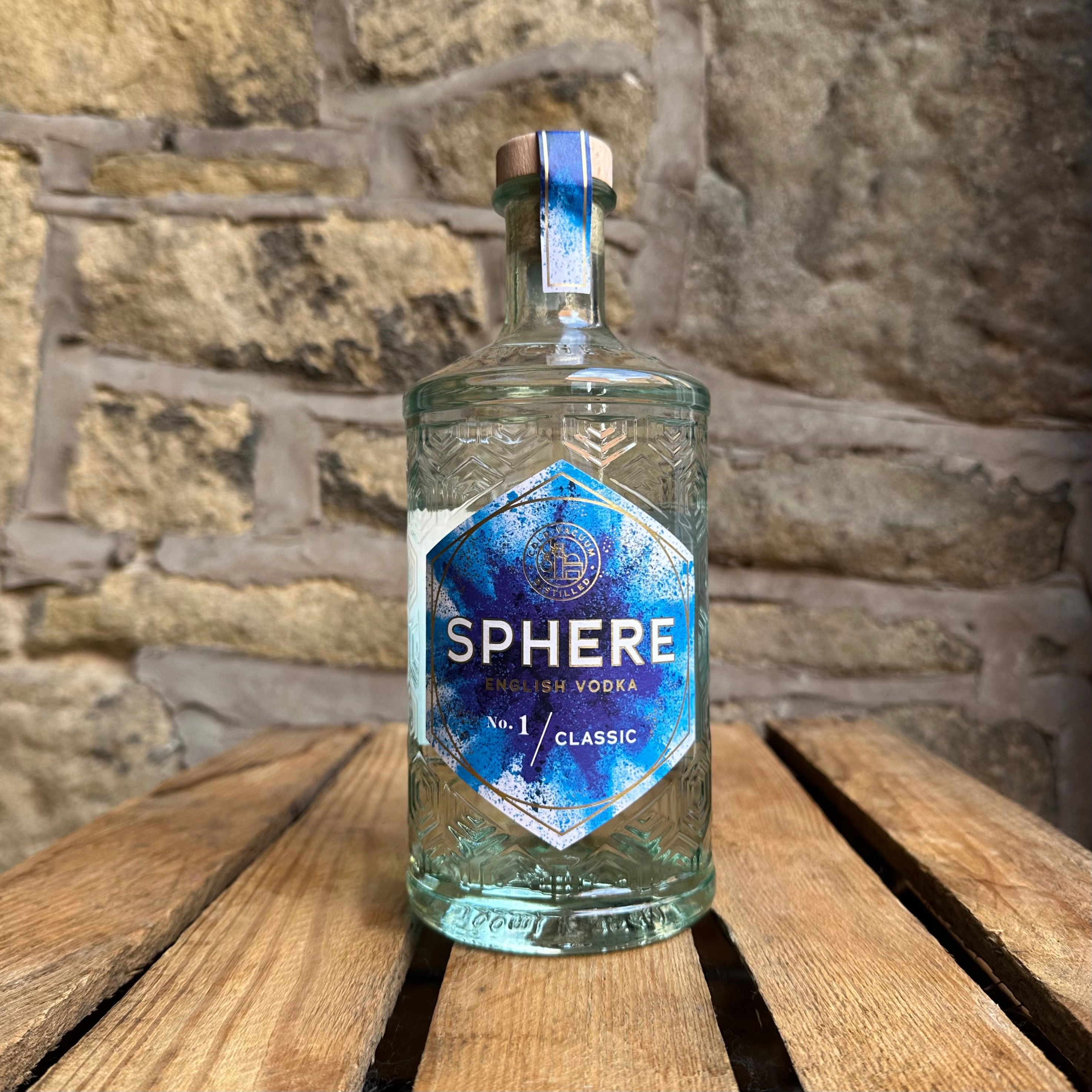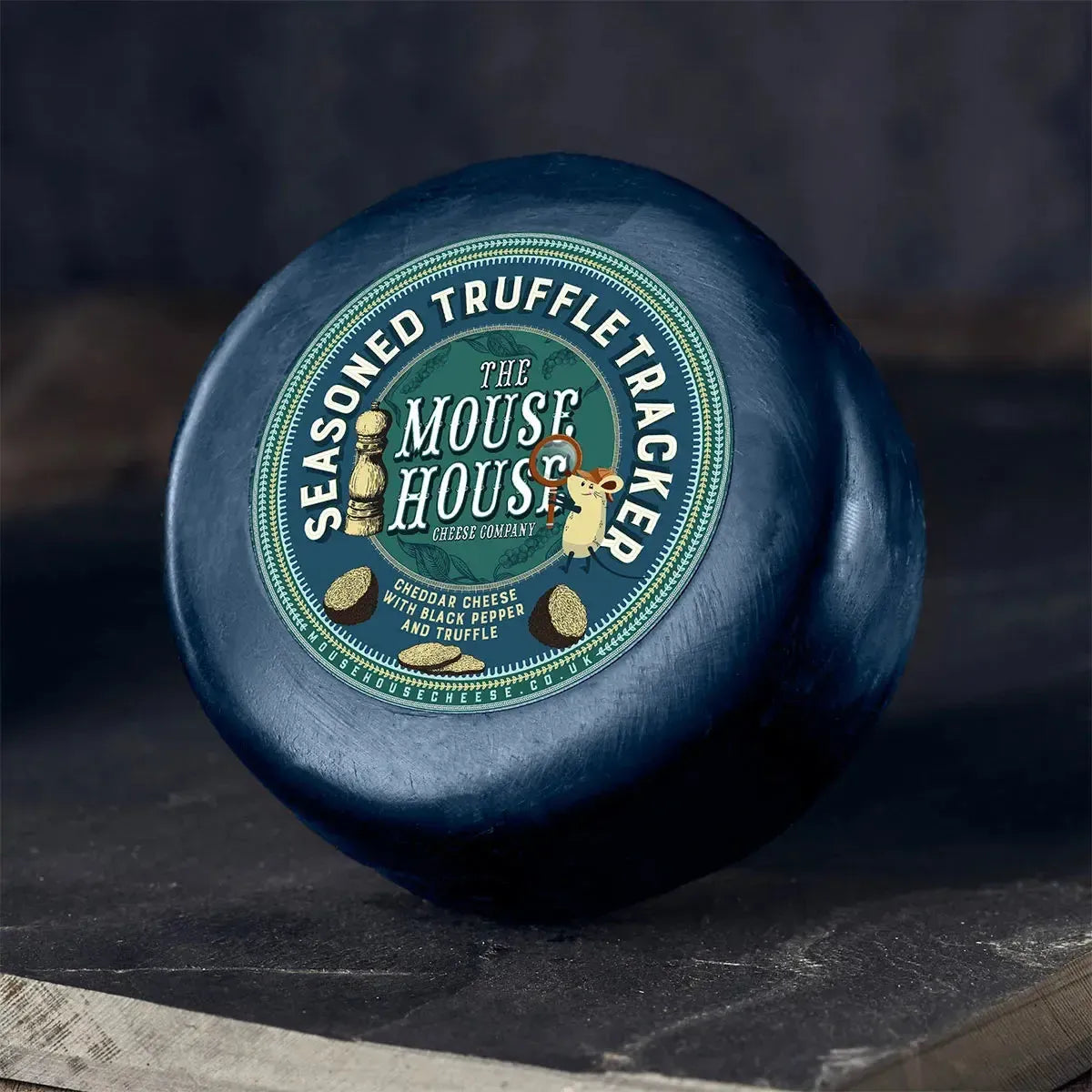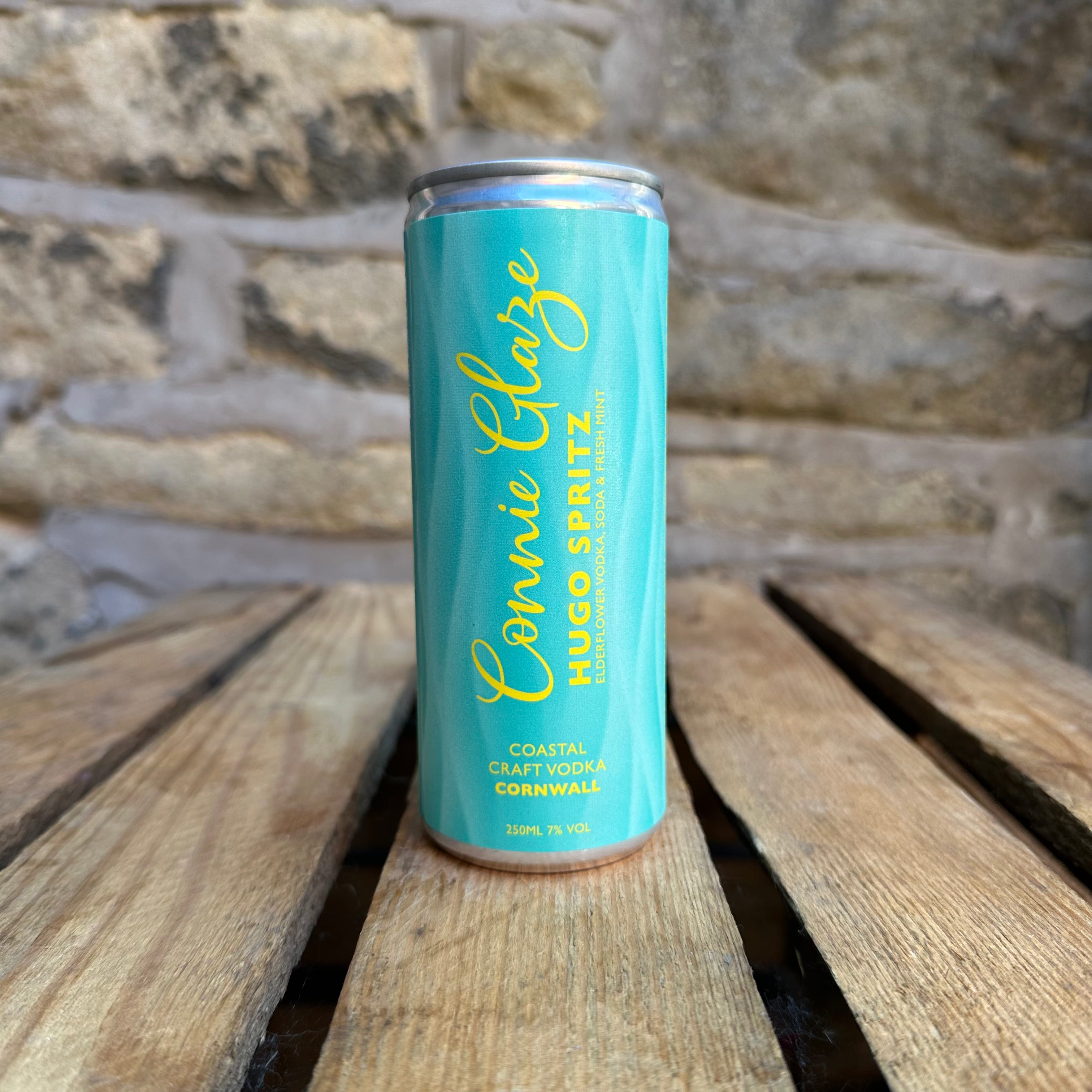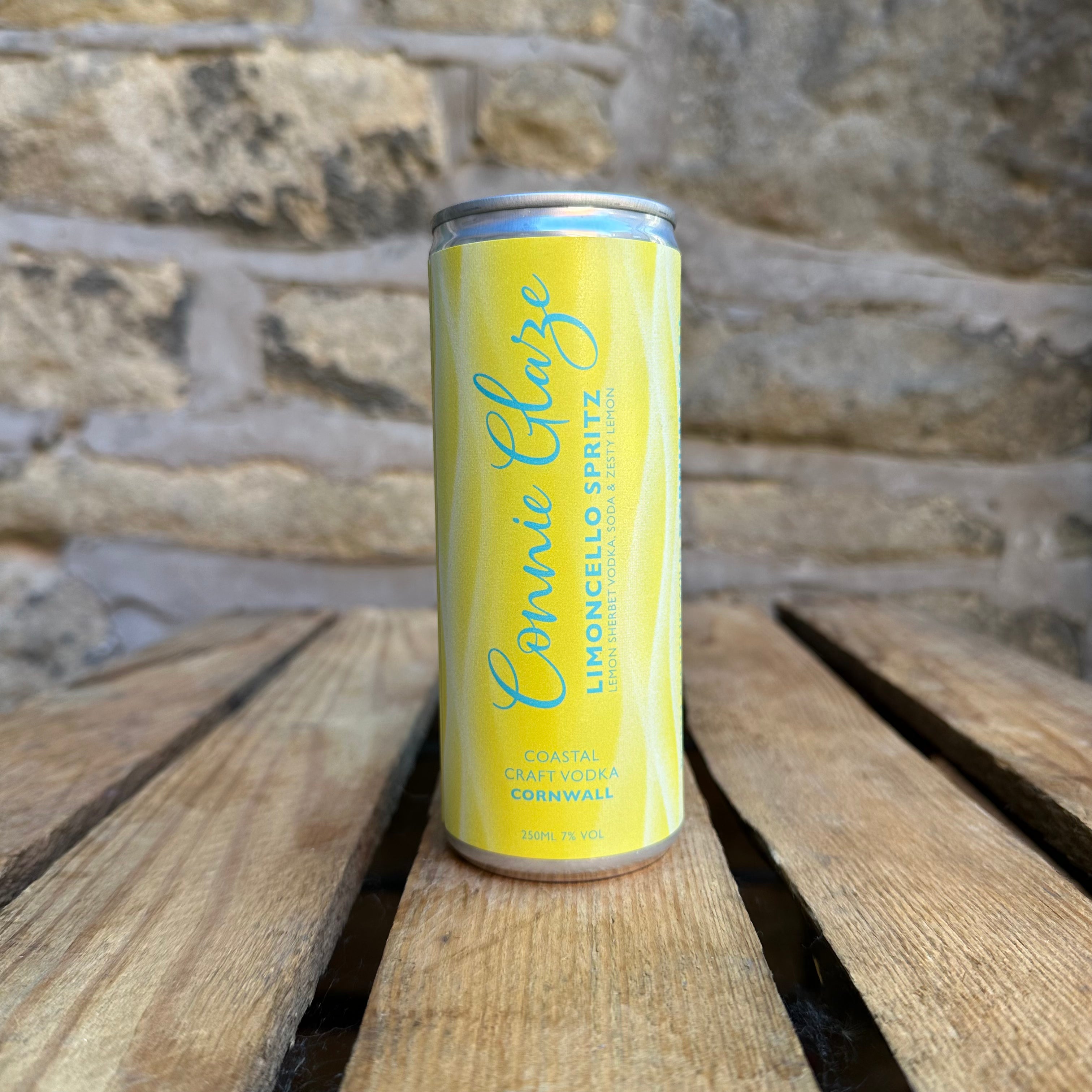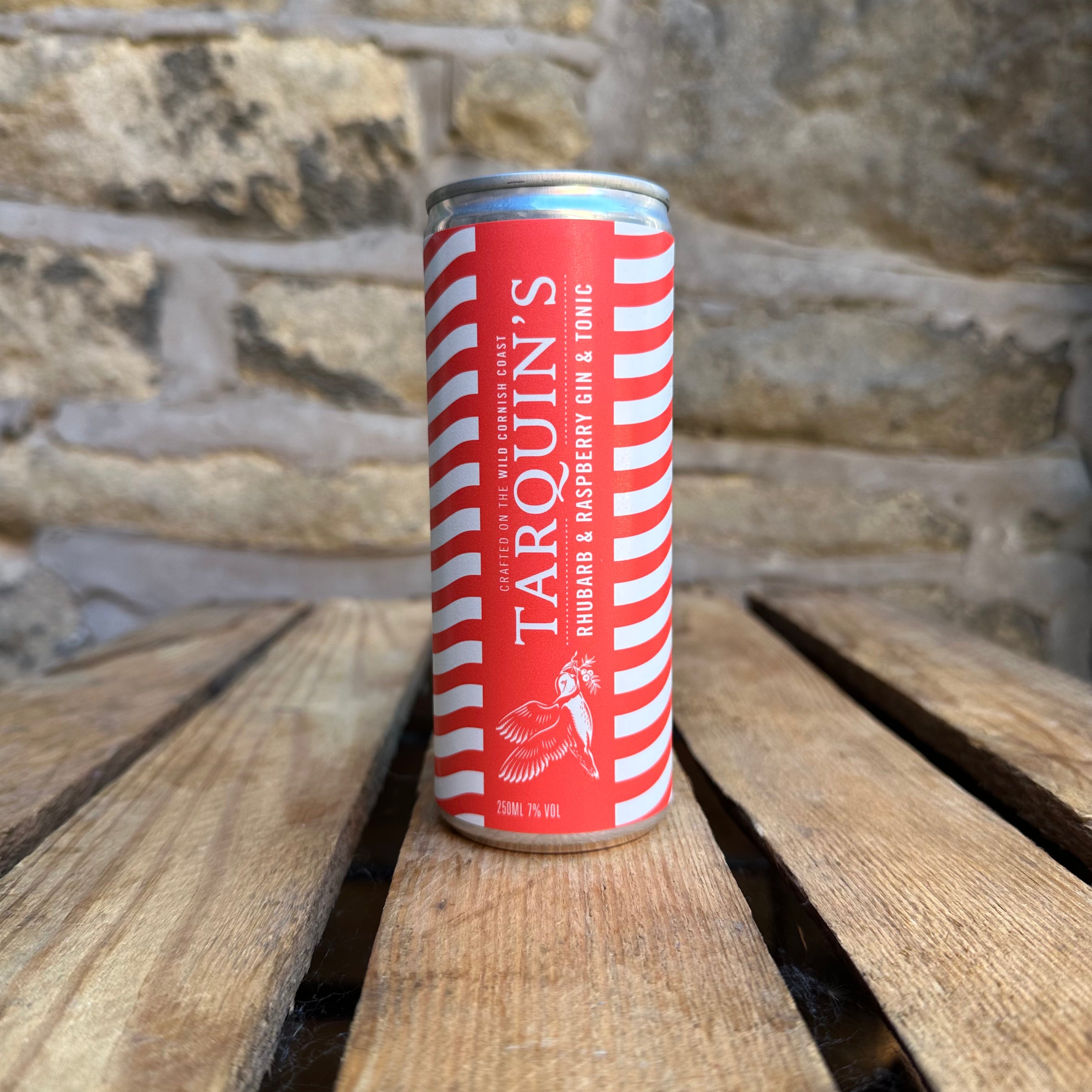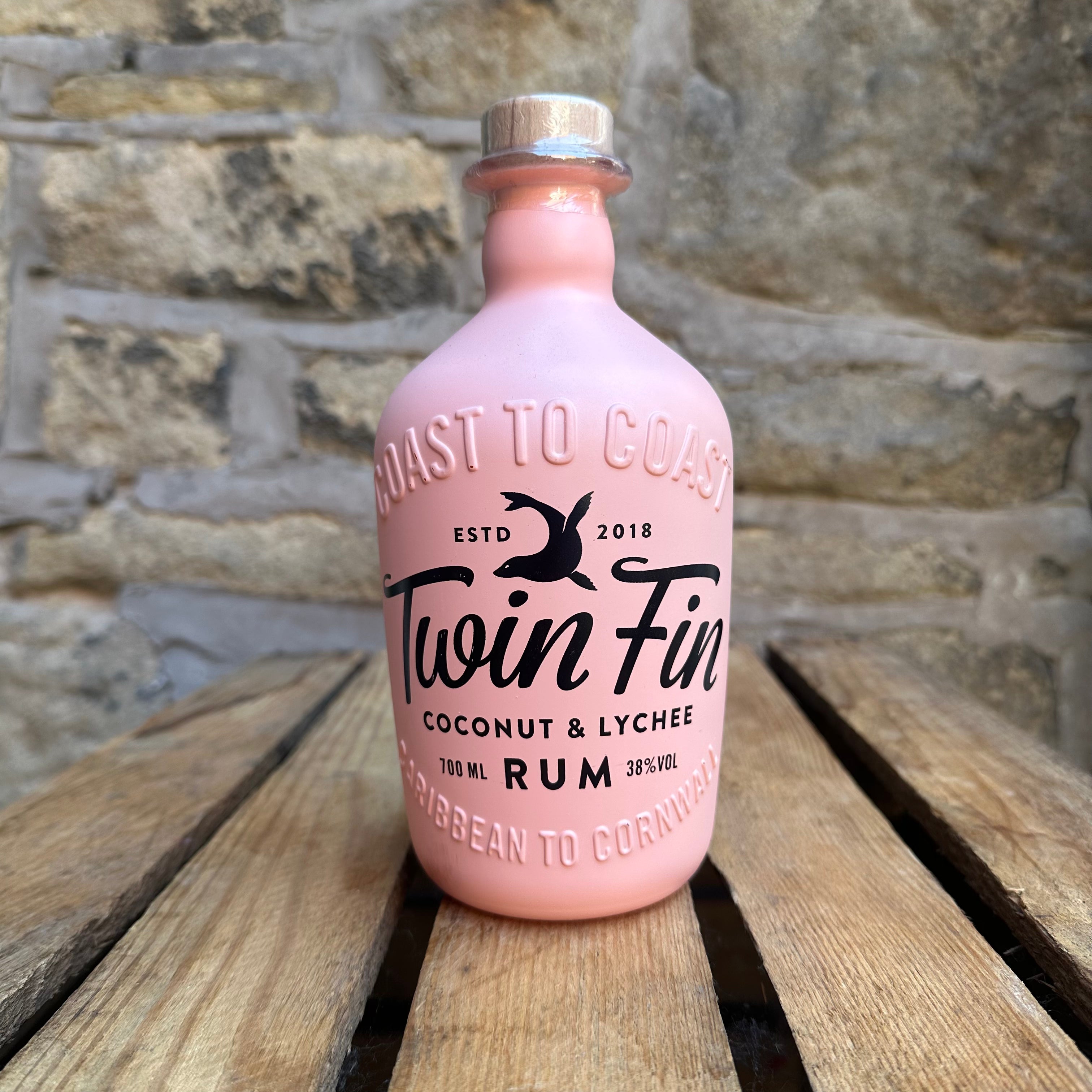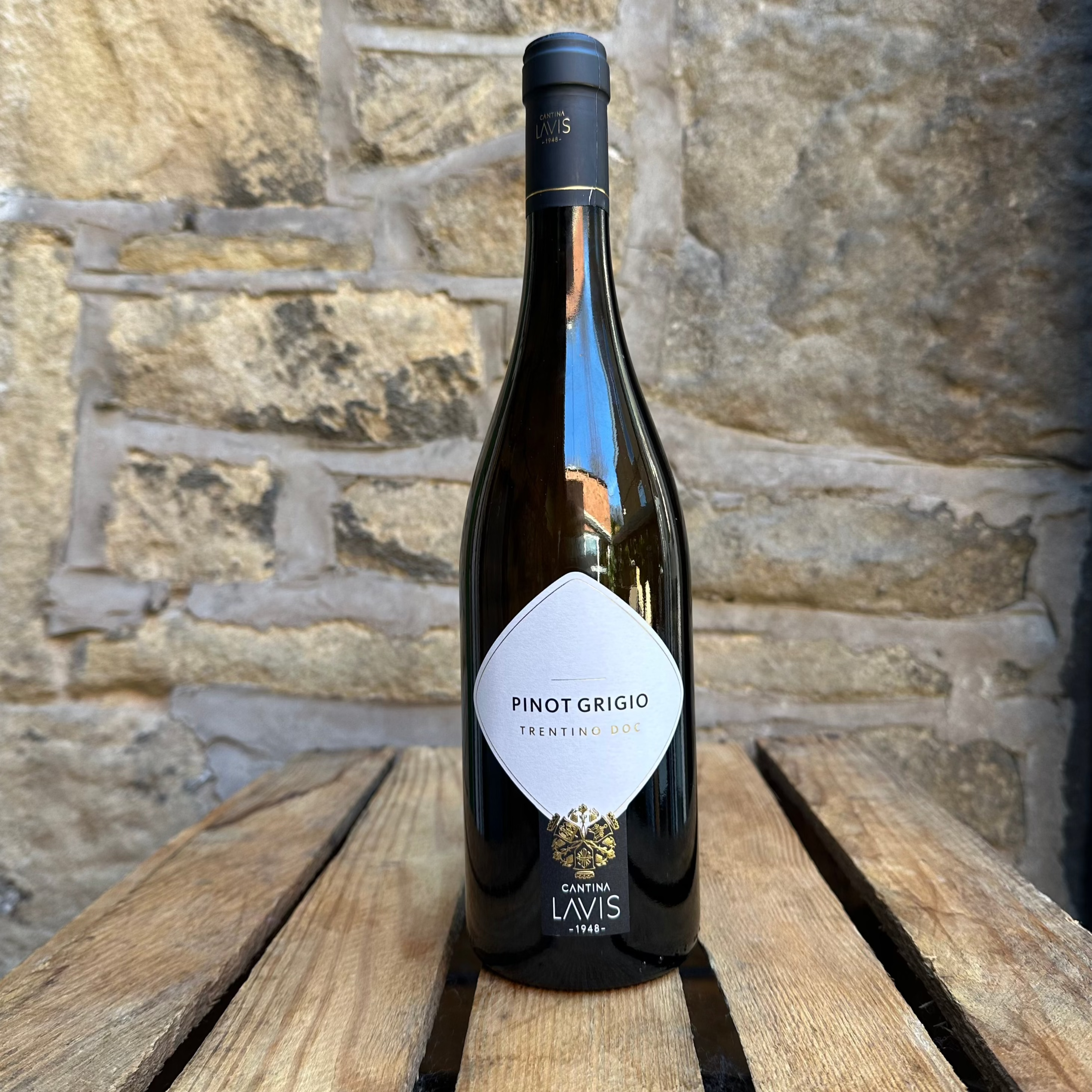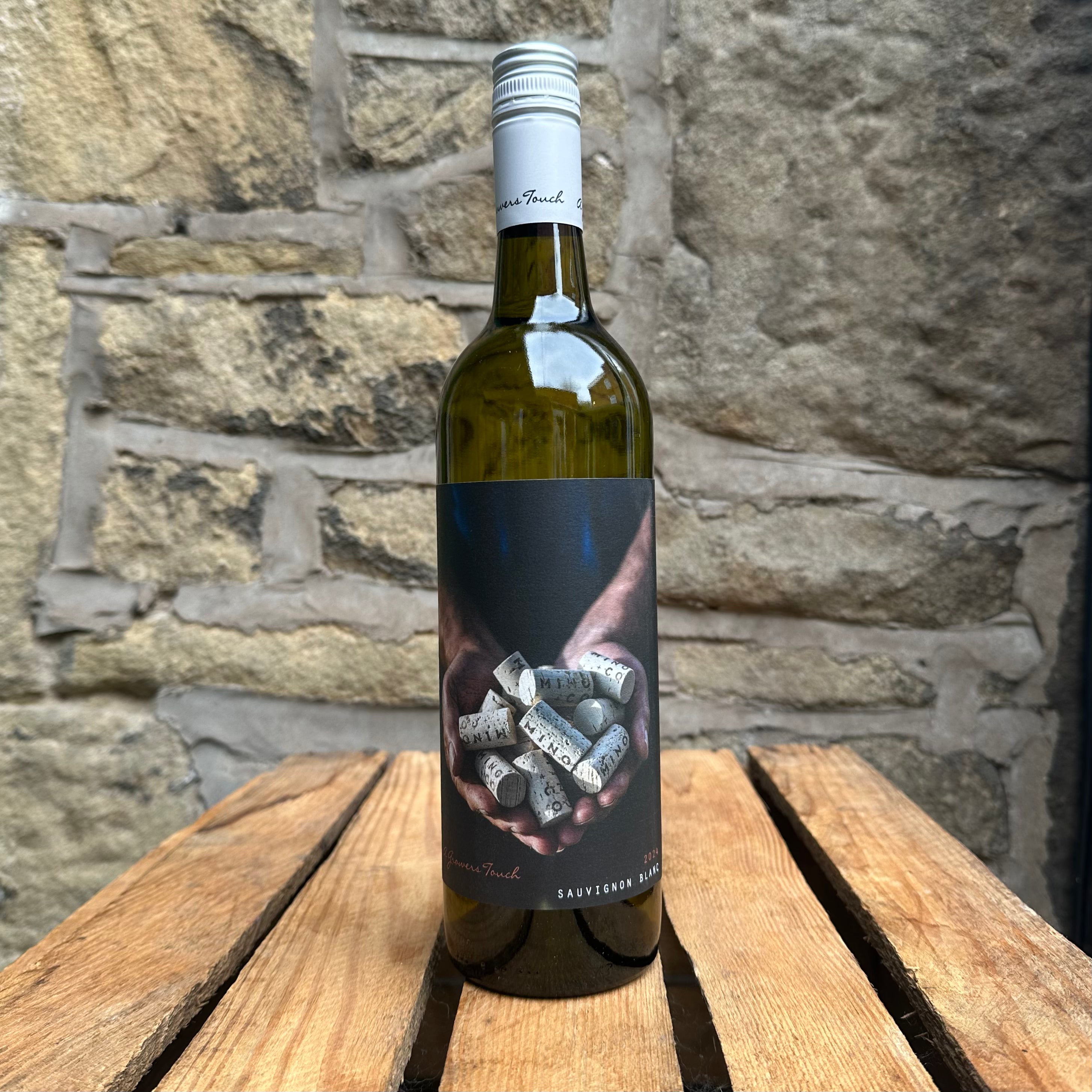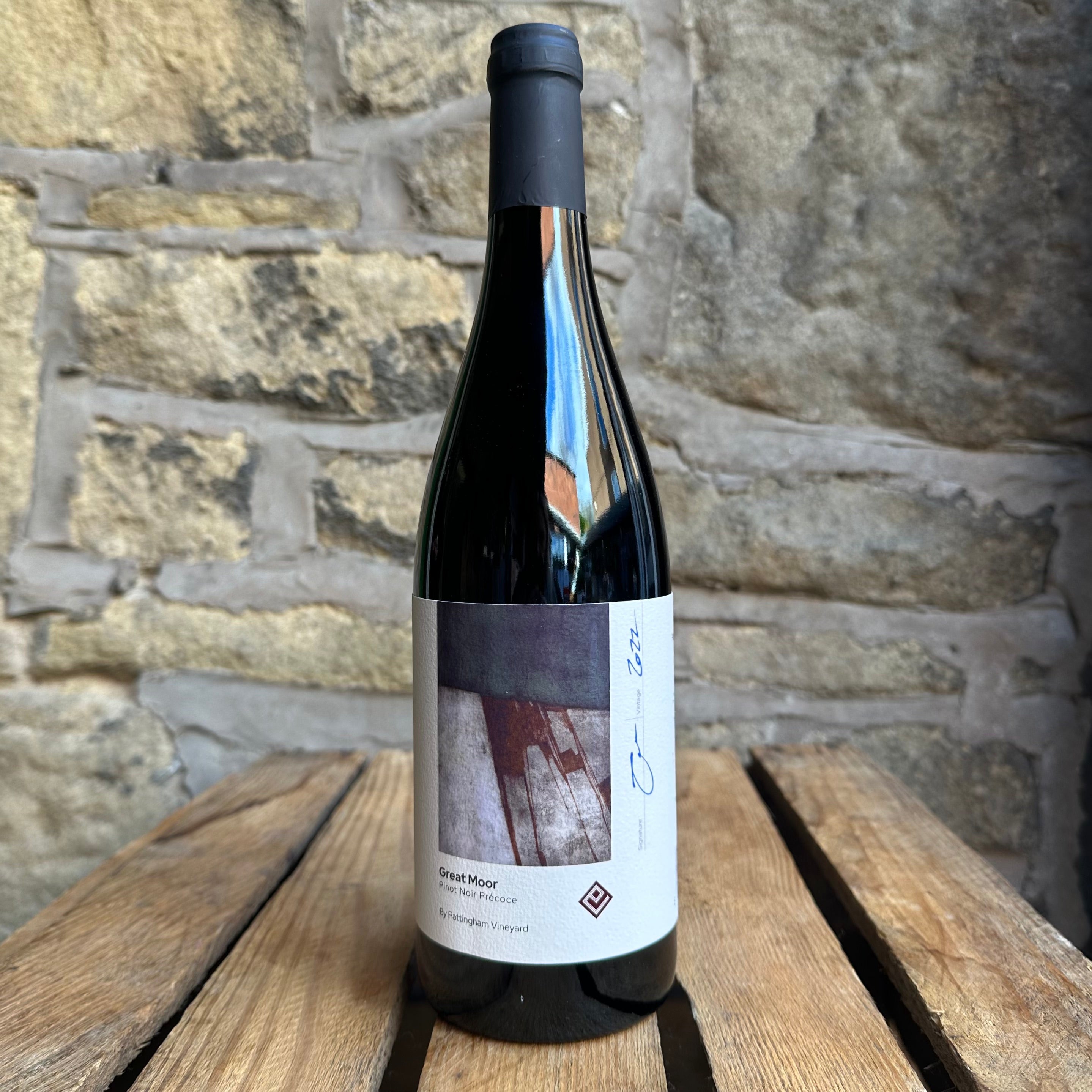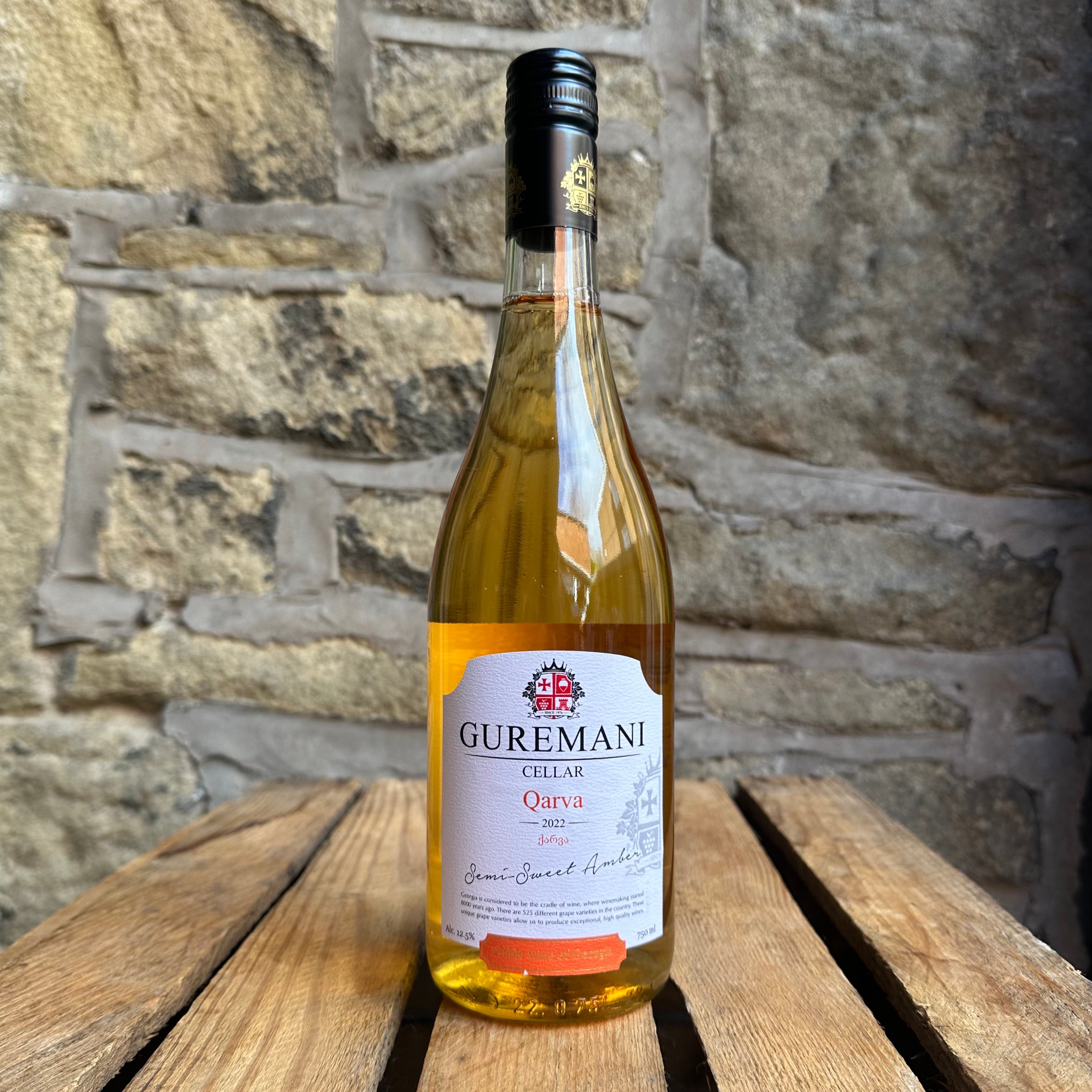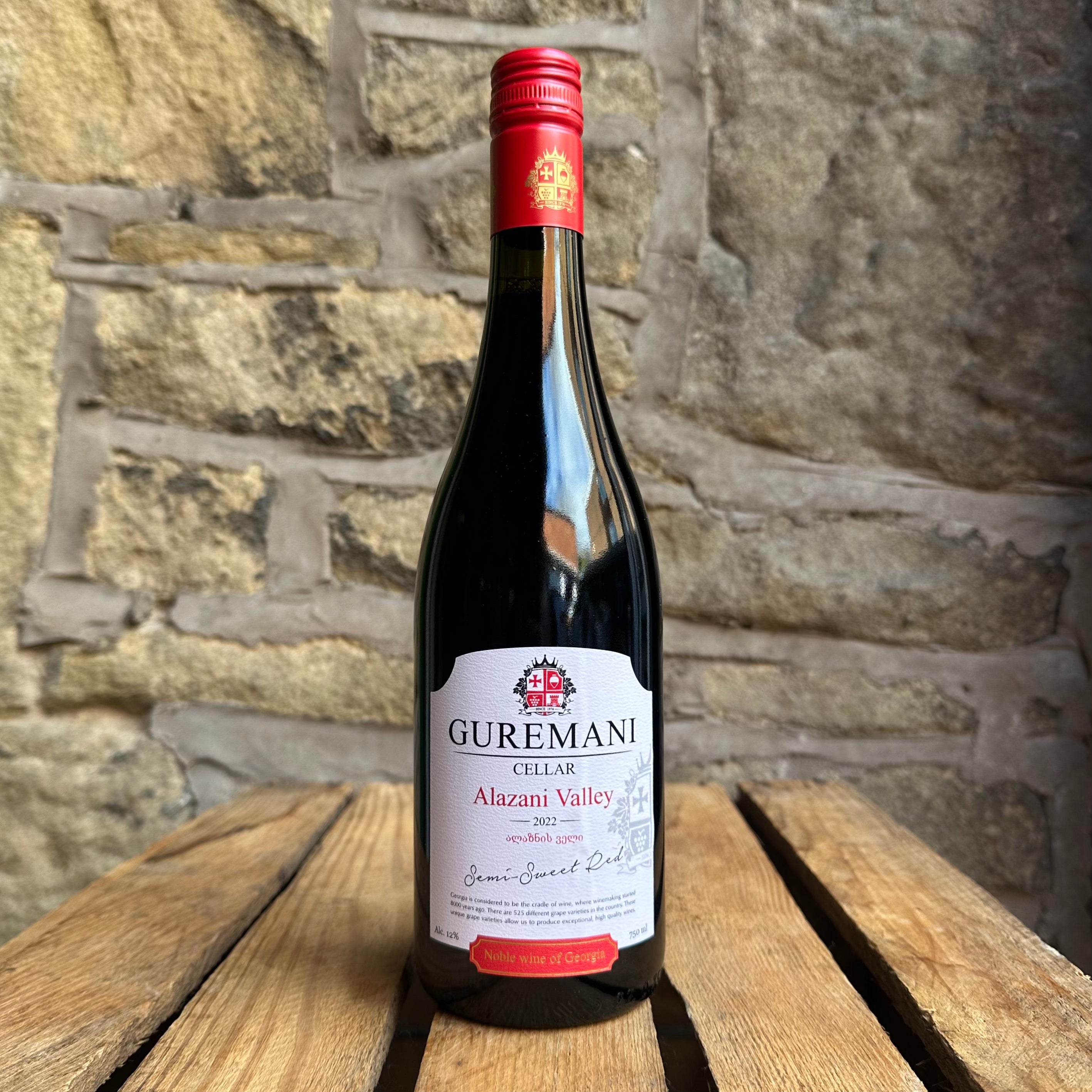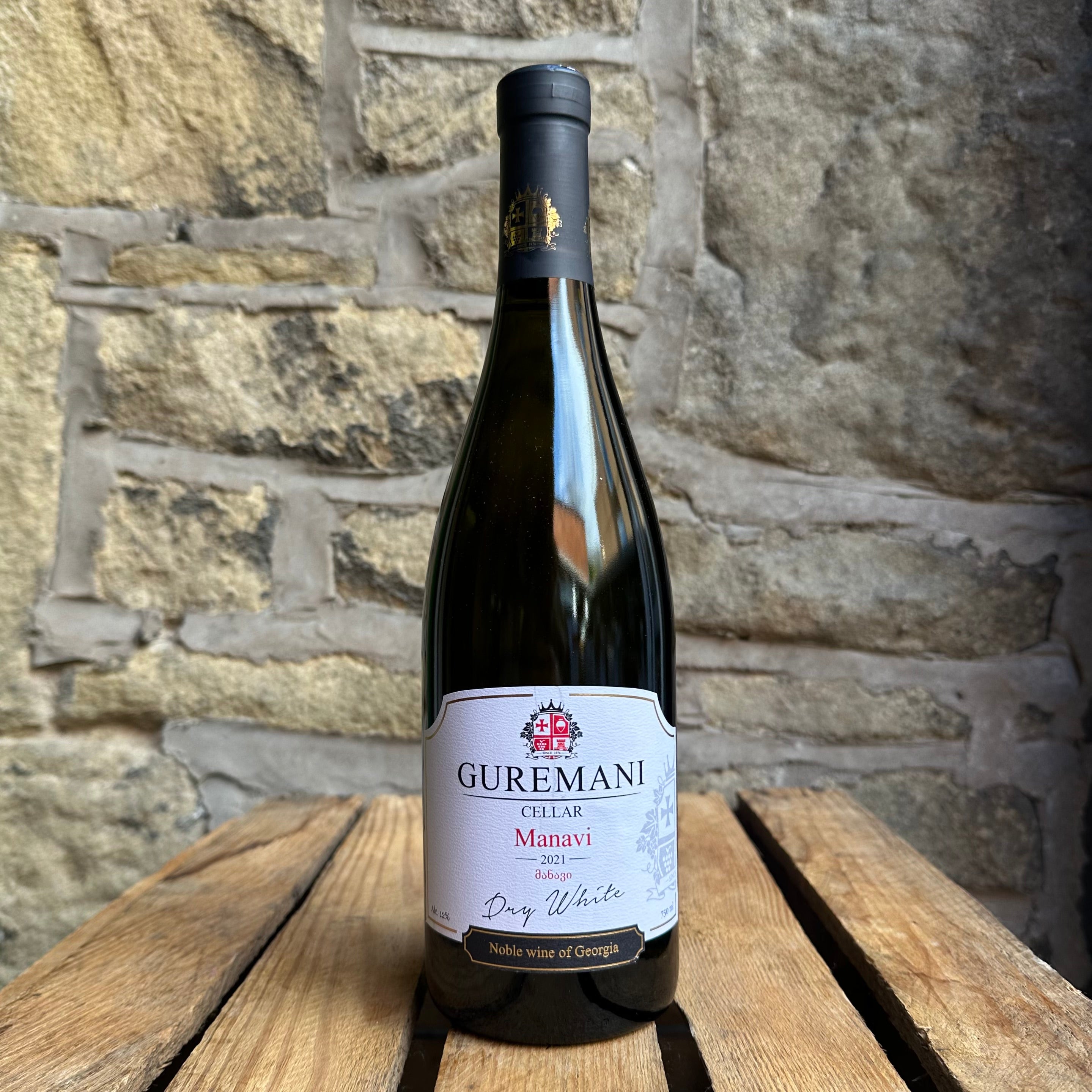Our upcoming Gin-Story tasting evening will look at the history of this on-trend tipple. In preparation, here are some titbits of knowledge to mull over.
- Gin was originally based on the Dutch spirit Genever (meaning Juniper), whose other key ingredient was malted wine bringing out malted whisky tones. Producers in 17th century England inspired by the popularity of Genever began mass, low-cost production of the spirit as Juniper-based without, or with very little, malted wine.
- The cheaper beverage soon took hold across London and other cities, taking on the name 'Old Tom Gin' as it was often served under a black cat sign outside pubs, where passers by could place a coin in a slot and receive a shot of gin through a tube.
- Gin became over-consumed by the early 18th century, with mass producers and illegal home distilleries, often made in bathtubs, hence the term 'bathtub gin'! It garnered the nickname 'Mother's Ruin' with famous depictions of its effect on communities in William Hogarth's Gin Lane (pictured).
- In desperation, parliament passed 5 pieces of legislation designed to control consumption from 1729 , including raising licence fees for sellers and distiller taxes prohibitively high. Riots took place in London, but due to these acts and the rising cost of grain, the end result was achieved with only a handful of producers remaining who could afford to manufacture the spirit.
- In 1832, a revolutionary continous column still was created by Aeneas Coffrey (pictured) enabling production of a neutral, pure, dry gin. Today, distillers across the world who adhere to these methods of quality production label their produce 'London Dry Gin'. The base spirit must be of agricultural origin, before being distilled to 96%abv or more, then re-distilled to a minimum of 70%abv before wayering down to a minimum of 37.5%abv. Alongside juniper defining it as gin, London Dry must have no artifical ingredients, only a small amount of sweetener and no flavour or colour added.
- Gin appeared to be almost forgotten about (bar a brief return to trend during the Victorian era) until after the millenium, when new UK producers began bringing out craft gins with a wider range of botanicals, showing the public that gin could be diverse in its flavours. The UK now has over 300 gin distilleries, double the number five years ago and still on the rise. A total of 47million bottles worth £1.2bn were served up last year.
- Modern producers of Bathtub Gin such as Ableforth's (pictured) may take its name from the poor quality home-distilled spirit during the gin craze, but the result is anything but! 'Bathtub' keeps with tradition of sweetening the spirit with ingredients such as liquorice root or honey to help make make it palatable, which is why typical Bathtub Gins are often as liquorice-led as they are juniper.
- Flavours now range from fruit - raspberry, orange - through to spice - cinnamon, star anise, saffron - through to a host of others such as tea, marshmallow root, bakewell tart, salted caramel, sweet violet, rhubarb, hops, turkish delight, even black tomato and sea water! Anything is possible in the world of craft gin.
- Experimentation with mixers and garnishes is a must - differing additions can bring out botanicals in a gin and some may mute them. The world of tonic has expanded to match, with flavours such as pomegranate, cranberry, liquorice, cinnamon, clementine, elderflower and many more. Always ask for recommended serves and feel free to try your own!

